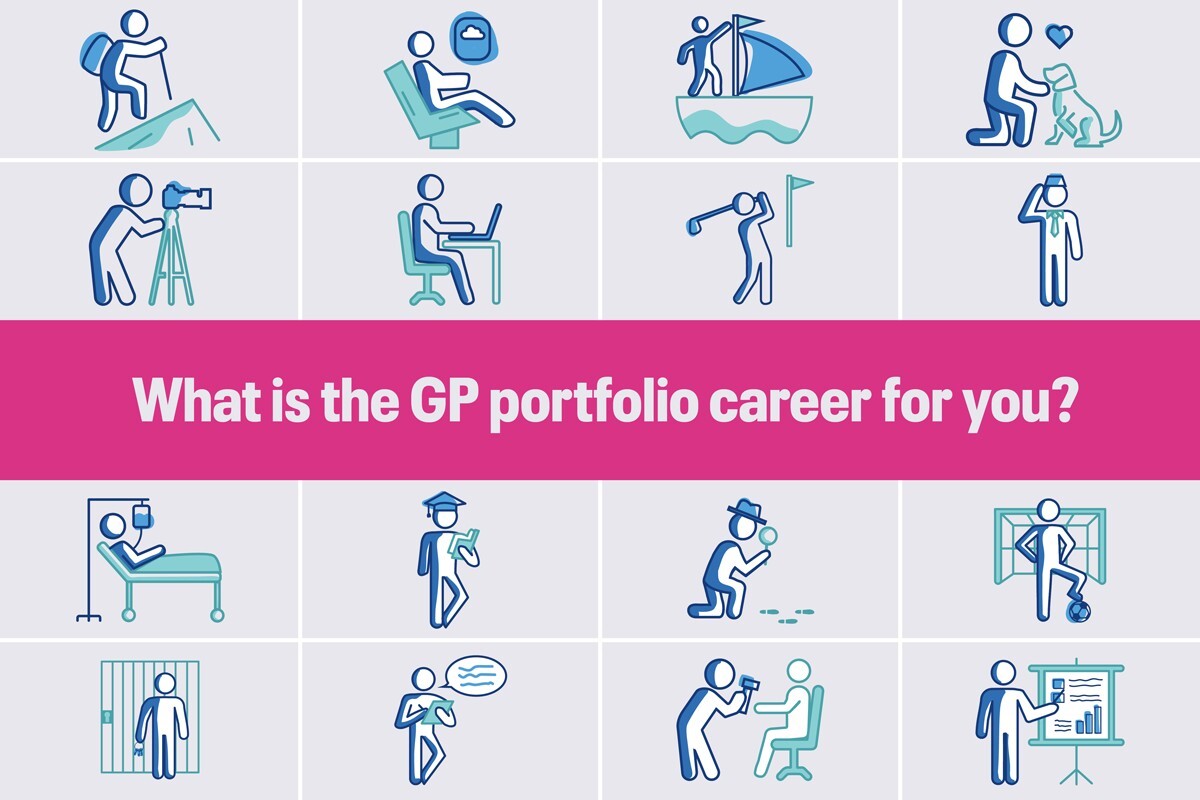Type 2 diabetes guideline shake-up to see first-line SGLT-2 prescribing

GPs could face a significant rise in prescribing and monitoring workload under draft NICE guidelines that recommend much earlier use of newer type 2 diabetes drugs.
The draft guidance, published today, would see SGLT-2 inhibitors started first-line for most diabetics – not just those with heart failure, cardiovascular disease or high cardiovascular risk as is currently the case – along with metformin or alone if metformin is not tolerated or contraindicated.
In addition, GLP-1 receptor agonists would be introduced earlier for people with atherosclerotic cardiovascular disease (ASCVD), and may be considered earlier in early-onset T2D.
NICE said the move marks a shift from a ‘one-size-fits-all’ approach to a more integrated model of care that treats type 2 diabetes alongside cardiovascular and kidney disease, rather than in isolation.
What’s changing (at a glance)
- First-line: metformin plus an SGLT-2 inhibitor for most adults; SGLT-2 monotherapy if metformin isn’t tolerated.
- ASCVD: offer metformin + SGLT-2 + subcutaneous semaglutide (or SGLT-2 + semaglutide if metformin isn’t tolerated).
- Early-onset T2D (<40): start metformin + SGLT-2; consider adding a GLP-1 RA earlier.
- CKD: tailored by eGFR, with dapagliflozin/empagliflozin preferred above certain thresholds; consider DPP-4 or insulin/pioglitazone at lower eGFR.
- Frailty: consider metformin alone (or a DPP-4 if metformin isn’t suitable).
- Stepwise starts & safety: introduce drugs one by one; check DKA risks and give sick-day/very-low-carb warnings with SGLT-2s.
NICE noted that putting recommendations into practice can take time, depending on how much service change is required and how well aligned they are with local priorities. While professionals are expected to take the guideline into account, they remain responsible for making decisions tailored to individual patients in consultation with them and their families. The recommendations are not mandatory, it stressed.
The guideline also highlights inequalities in current prescribing, with SGLT-2 inhibitors underused among certain groups.
NICE’s real-world analysis of around 590,000 records found SGLT-2s are under-prescribed, especially to women, older people, and Black or Black British individuals. Among people with ASCVD, 32% of those aged 50-59 had an SGLT-2 prescription versus 13% aged 80-89; among heart failure patients, 35% of men versus 23% of women.
Professor Jonathan Benger, deputy chief executive and chief medical officer at NICE, said: ‘These draft recommendations demonstrate how NICE is already delivering on commitments within the 10-year-plan by updating guidance to drive smarter NHS spending. This guidance means more people will be offered medicines where it is right to do so to reduce their future risk of ill health.
‘This represents a significant evolution in how we approach type 2 diabetes treatment. We’re moving beyond simply managing blood sugar to taking a holistic view of a person’s health, particularly their cardiovascular and kidney health.’
Dr Waqaar Shah, chairman of the guideline committee, said: ‘We know that SGLT-2 inhibitors are currently under-prescribed, and our health economics analysis shows that people living in the most deprived areas would particularly benefit from universal access to these treatments. These recommendations could help reduce health inequalities while providing better outcomes for everyone.’
Professor Azeem Majeed, head of the department of primary care and public health at Imperial College London, told Pulse the draft guidelines ‘represent an important step forward in how we manage type 2 diabetes’ by moving the model ‘towards a more personalised approach’.
‘The recommendation to introduce SGLT-2 inhibitors earlier in treatment, either alongside or instead of metformin, is a positive step. SGLT-2 inhibitors do more than lower blood sugar: they also help protect the heart and kidneys, helping to reduce the risk of the complications that cause much of the morbidity and premature death in people with type 2 diabetes. This shift in emphasis from controlling glucose alone to preventing cardiovascular and kidney disease could have major benefits for both patients and the NHS.
‘The guidelines also highlight important inequalities in access to treatment. SGLT-2 inhibitors are currently underused, particularly among women, older adults, and people from Black and minority ethnic communities. Addressing these gaps will be essential if we are to prevent avoidable complications and improve outcomes more equitably.’
However, Professor Majeed cautioned that ‘implementation of the new guidelines will be challenging’.
‘Cost is a key issue: SGLT-2 inhibitors and GLP-1 receptor agonists are substantially more expensive than older diabetes drugs, and the NHS will need to weigh these higher upfront costs against the long-term savings from preventing heart disease, kidney failure and hospital admissions. Capacity is another concern. Primary care teams already carry a heavy workload, and wider use of newer medicines will require more time, resources, and training to support patients effectively.
‘Finally, clinician confidence will be crucial. Most GPs and practice nurses are very familiar with prescribing metformin, but many will feel less confident about when and how to use newer agents. Clear guidance, straightforward prescribing pathways, and ongoing education will be essential to ensure these medicines are used safely, equitably, and to best effect.’
The consultation runs until 2 October, with final guidelines due later this year.
An international expert panel recently recommended that all patients with type 2 diabetes who are at higher risk of cardiovascular and kidney complications should be prescribed an SGLT-2 inhibitor and GLP-1 receptor agonist.
Key draft recommendations
People with type 2 diabetes and no significant comorbidity
1.8.9 For adults with type 2 diabetes, offer:
- metformin, and
- an SGLT-2 inhibitor .
1.8.11 If metformin is contraindicated or not tolerated, offer monotherapy with an SGLT-2 inhibitor.
People with atherosclerotic cardiovascular disease
1.8.15 For adults with type 2 diabetes and atherosclerotic cardiovascular disease, offer:
- metformin, and
- an SGLT-2 inhibitor, and
- subcutaneous semaglutide.
1.8.17 If metformin is contraindicated or not tolerated, offer:
- an SGLT-2 inhibitor, and
- subcutaneous semaglutide.
People with early onset type 2 diabetes
1.8.18 For adults with early onset type 2 diabetes:
- Offer metformin and an SGLT-2 inhibitor.
- Consider adding a GLP-1 receptor agonist.
People living with obesity
1.8.21 For adults with type 2 diabetes who are living with obesity, offer:
- metformin and
- an SGLT-2 inhibitor.
People with chronic kidney disease
1.8.24 For adults with type 2 diabetes and an eGFR above 30 ml/min/1.73 m²:
- Offer metformin and either dapagliflozin or empagliflozin.
- If metformin is contraindicated or not tolerated, offer either dapagliflozin or empagliflozin alone.
1.8.26–1.8.28 For eGFR 20–<30: offer dapagliflozin or empagliflozin alone. For eGFR <20: consider a DPP-4 inhibitor; if not suitable, consider pioglitazone or an insulin-based treatment.
People with frailty
1.8.30 For adults… at risk of adverse events from SGLT-2 inhibitors:
- consider metformin alone
- if metformin is contraindicated or not tolerated, consider a DPP-4 inhibitor.
How to introduce medicines / SGLT-2 safety
1.8.34 …introduce the medicines one at a time, starting with metformin… if using an SGLT-2 inhibitor, start this as soon as metformin tolerability is confirmed… if using a GLP-1 receptor agonist, start this as soon as the SGLT-2 inhibitor tolerability is confirmed.
1.8.35 Before starting an SGLT-2 inhibitor, check whether the person may be at increased risk of DKA (for example previous DKA, intercurrent illness, very-low-carb/ketogenic diet).
Source: NICE
Visit Pulse Reference for details on 140 symptoms, including easily searchable symptoms and categories, offering you a free platform to check symptoms and receive potential diagnoses during consultations.











